Review: 2011 Chevrolet Cruze LT
About once per decade since the 1960s, GM has introduced a compact car that was going to slaughter the imports, only to have it flop miserably: Corvair, Vega, Cavalier, Saturn (Chevrolet focused on trucks during the 1990s), Cobalt. Okay, including the last isn’t quite fair. It was introduced with much less hype, and ironically didn’t fare too badly. And now, the Chevrolet Cruze. Not too much hype—that’s for the Volt. But has GM finally figured out how to build a class-leading compact sedan?
A couple years ago at the Detroit auto show (NAIAS) I was puzzled by the presence of an Audi A4 in the Chevrolet area. Then I realized it was actually the new Cruze. Shod with 19-inch five-spoke alloys and painted candy apple red, the small sedan really grabbed the eye. With 16-inch steelies and painted appliance white, like the car I drove for this review, not so much. Make that not at all. One detail the car would look better without: the (Sebring-inspired?) chrome-underlined black triangle aft of the rear door. When the designers want to go one way and the engineers want to go another, this is not a viable solution.
The real story is inside the car. The Cruze’s interior is not only infinitely better than that of the Cobalt, but easily best-in-class. The plastics look and feel very high in quality. And, thanks to the fabric trim panels on the doors and dash, the ambiance isn’t one of plastic, plastic, and more plastic. The doors even close with a Teutonic whumpf (that continues to elude Cadillac) and feel rock solid in the process. The Kia and Mitsubishi compacts I drove the same afternoon felt like junk in comparison. Even the much more expensive Audi that provided design inspiration could learn a thing or two.
And that’s not all there is to love about the interior. The front seats are outstanding, moderately firm without being too firm and providing support in all of the right places. Why don’t the CTS and Corvette have seats this good? Front and rear seat height is separately adjustable—for both seats. While these adjustments used to be common for the driver’s seat in affordable cars, bean counters have been hunting it to extinction. The seating position is low, so all but the tallest drivers will want to take advantage of them. Unfortunately, there’s no such solution for GM’s typical ultra-thick A-pillars. The leather wrapped steering wheel, which tilts and telescopes, is a joy to grip. The HVAC and audio controls have a quality feel and are well-designed, with knobs for major functions. For once, the General truly seems to have sweated the details.
The worst thing about the interior? The rear seat is low to the floor, and rear knee room is in short supply. I’m only 5-9 but had at most an inch to spare when sitting behind myself. Trunk space is better, but if you want a hatch you’re SOL.
The only engines currently offered are a 136-horsepower 1.8-liter four and a 138-horsepower turbocharged 1.4-liter four. The point of the latter? Torque—148 pound-feet from 1,850 rpm rather than 123@3800—and (to a lesser extent) MPG—24/36 instead of 22/35. A special “ECO” variant manages 40 on the highway test when pairing the turbo 1.4 with a six-speed manual. But that’s a late intro—initially there’s only a six-speed automatic, manually shiftable in the LT. During a spirited suburban test drive I observed 24. High 20s should be the norm in casual driving about town, with 30s on the highway.
The Cruze weighs over 3,100 pounds, so the tiny turbo four has its work cut out for it. Though free of lag, this engine vibrates at idle (an exception to the generally high level of refinement) and often sounds like it’s working hard. The transmission shifts frequently in a failed bid to make the engine seem energetic, but does not react promptly to manual inputs. Let’s just say there’s little here that the powertrain from the Cobalt SS wouldn’t fix.
Handling similarly begs for the SS treatment. As is, the Cruze feels compact but heavy. Agility isn’t part of the equation. The steering is fairly quick, but numb. The suspension has a commendable tautness to it thanks to well-tuned dampers, but the priority was clearly on a smooth, quiet ride. Mission accomplished: the Cruze thoroughly insulates the driver from the driving experience.
Chevrolet clearly did not intend the Cruze LT for enthusiasts. But auto makers have learned the hard way that there simply aren’t many enthusiasts who truly appreciate—and will pay for—communicative steering and an agile chassis. The typical car buyer would much rather have a high quality interior, refined ride, and fuel economy. In these respects the Cruze is a shockingly good car. After decades of failed attempts, GM has finally managed to out-Toyota Toyota.
Michael Karesh operates TrueDelta, an online source of car reliability and fuel economy information.
Get more Chevy Cruze news and info at CruzeTalk.com
Michael Karesh lives in West Bloomfield, Michigan, with his wife and three children. In 2003 he received a Ph.D. from the University of Chicago. While in Chicago he worked at the National Opinion Research Center, a leader in the field of survey research. For his doctoral thesis, he spent a year-and-a-half inside an automaker studying how and how well it understood consumers when developing new products. While pursuing the degree he taught consumer behavior and product development at Oakland University. Since 1999, he has contributed auto reviews to Epinions, where he is currently one of two people in charge of the autos section. Since earning the degree he has continued to care for his children (school, gymnastics, tae-kwan-do...) and write reviews for Epinions and, more recently, The Truth About Cars while developing TrueDelta, a vehicle reliability and price comparison site.
More by Michael Karesh
Latest Car Reviews
Read moreLatest Product Reviews
Read moreRecent Comments
- Jeff “So, the majority of our products are either ICE vehicles or intended to utilize those multi-energy platforms that we have. This is a great opportunity for us, compared to our peers, having the multi-energy platforms for all of our products in development and having the agility to move between them,” she said. From what is stated about the next generation Charger it will be released as a 2 door EV and then as a 4 door with the Hurricane turbo straight 6. I assume both the 2 door and 4 door is on the same platform.
- Brendan Duddy soon we'll see lawyers advertising big payout$ after getting injured by a 'rogue' vehicle
- Zerofoo @VoGhost - The earth is in a 12,000 year long warming cycle. Before that most of North America was covered by a glacier 2 miles thick in some places. Where did that glacier go? Industrial CO2 emissions didn't cause the melt. Climate change frauds have done a masterful job correlating .04% of our atmosphere with a 12,000 year warming trend and then blaming human industrial activity for something that long predates those human activities. Human caused climate change is a lie.
- Probert They already have hybrids, but these won't ever be them as they are built on the modular E-GMP skateboard.
- Justin You guys still looking for that sportbak? I just saw one on the Facebook marketplace in Arizona



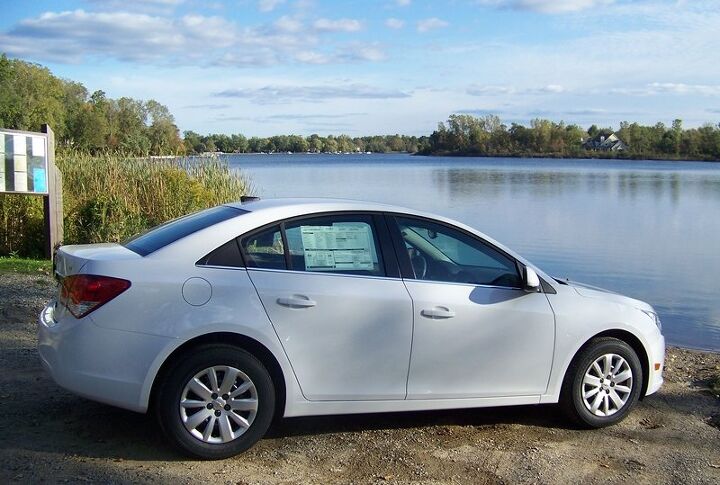























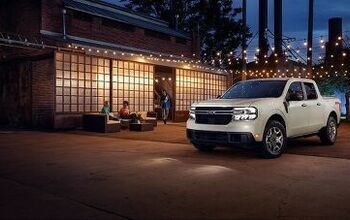

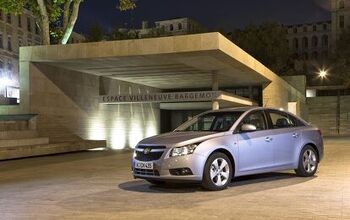
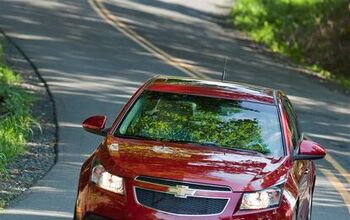
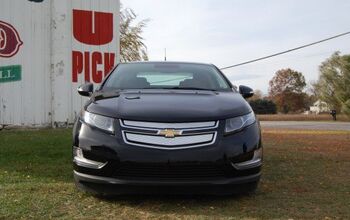
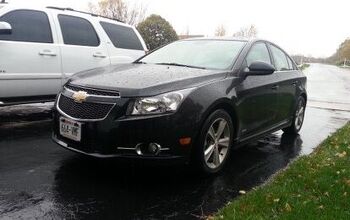
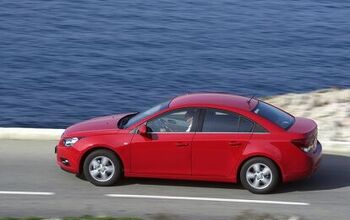
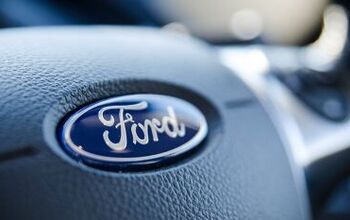

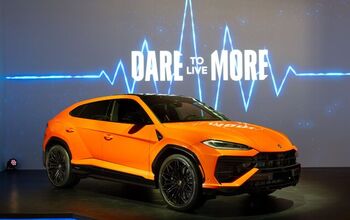
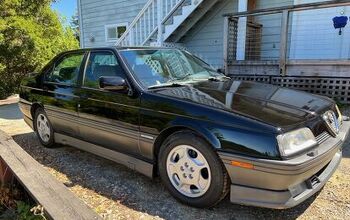
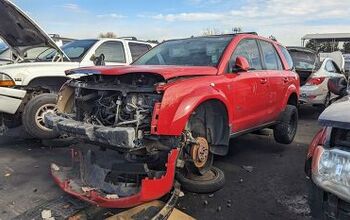
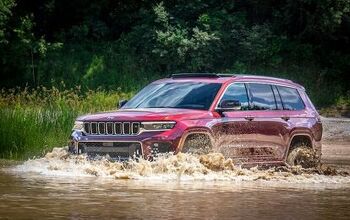
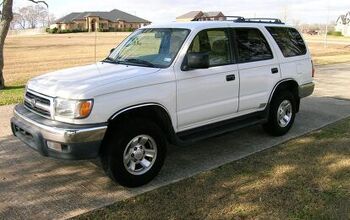
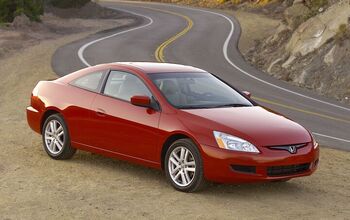
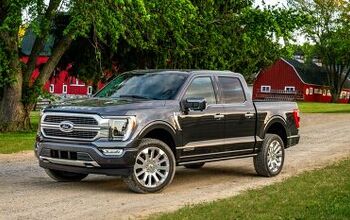
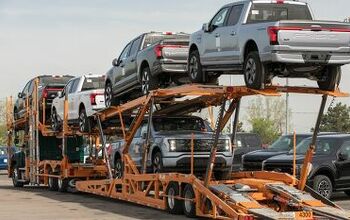
Comments
Join the conversation
Who got the Cruze pregnant?
Not sure what road-test loop they used to acquire their MPG data but with a K&N drop-in air filter and removing all the crap plastic restriction piping from the grille to the airbox, I get decent acceleration from the 1.4T and still average over 34 in mixed driving and have seen over 40 highway at lower highway speeds. And yes, I agree a diet wouldnt be a bad thing, but hey, after the 2006 Cobalt I had, this things a Cadillac by comparison. Decent handling, slightly numb steering but overall a very solid effort, Id give it a 9.0. Ditch the stock Conti tires, they suck. 1.4L Turbo/6SPD Auto Tiptronic